Under an azure sky filled with low clouds and whose pinkish tint in the distance suggests that the action is taking place at the end of the day, numerous classical ruins line up to open a central traffic lane. Thus follow one another arch, temple, palace, monumental statues, obelisk and… the Colosseum! This somewhat fanciful ordering is a constant in the pictorial genre of caprice. Alone with her two children, a matron crosses this majestic setting. In the center background, looters rummaging in the scree are watched by a man sitting in the shade of a colonnade. And as whim allows all daring, the fountain topped with a sphinx is always supplied with water. Finally, our painting respecting the rules of the art of "rovine ideate", lets nature regain its rights over man's creation: the tops of the monuments are garnished with vegetation. This gives a less cold and more decorative side to the “vedute”. Decoration being one of the objectives of this pictorial genre.
The work is presented in an imposing cassette frame with unhooked corners and decoration of gadroons in the carved and gilded wooden oves. Dimensions: 89 x 120 cm view – 108 x 146 cm with frame
Sold with invoice and certificate
Biography: Giovanni Paolo Panini (Piacenza 1691 - Rome 1765) learned about painting in his hometown with Giuseppe Natali and Andrea Galluzzi. But it was in the Bibbiena workshop, masters of perspective, that he developed his taste for architectural decorations. Established in Rome in 1715, the young Giovanni began a brilliant career as a palace decorator. The frescoes he created in the Villa Patrizi, the Quirinal Palace and the Alberoni Palace are remarkable. But it was his “vedute” and his caprices featuring the monuments of Rome that brought him glory and international success. In the world of “Vedutists”, he seems to distinguish himself from his predecessors by a great freedom of vision arbitrarily mixing monuments and scenes of life. Pannini's imagination prefigures the work of Antonio Joli and Hubert Robert who were his students at the Academy of Saint Luc in Rome.
Bibliography:
- SESTIERI, G, Il capriccio architettonico in Italia nel XVIII e XVIII secolo, Etgraphiae Foligno, 2015
- ARISI, Ferdinando, Gian Paolo Panini ei fasti della Roma del'700, Ugo Bozzi Editore, 1986
- ARISI, Ferdinando, Giovanni Paolo Panini 1691 – 1765, Electa, 1993.


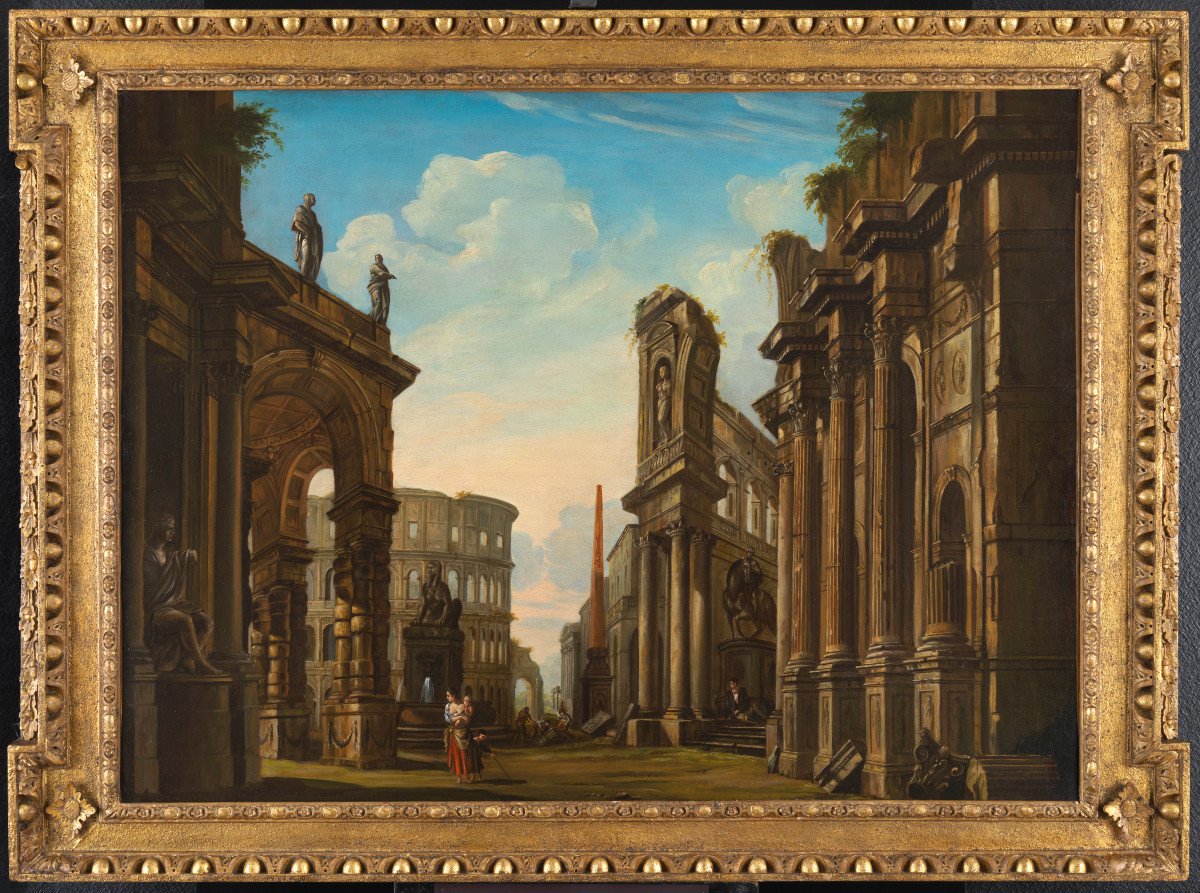
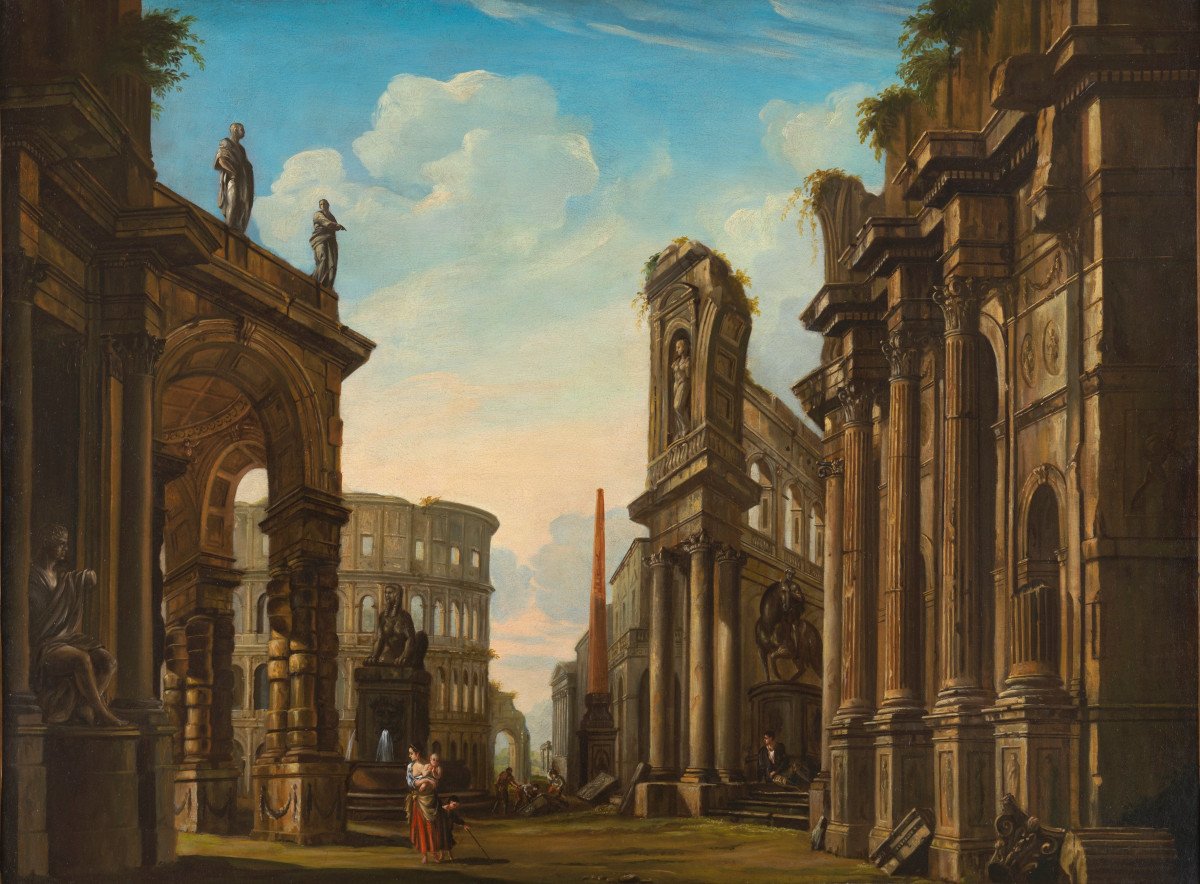
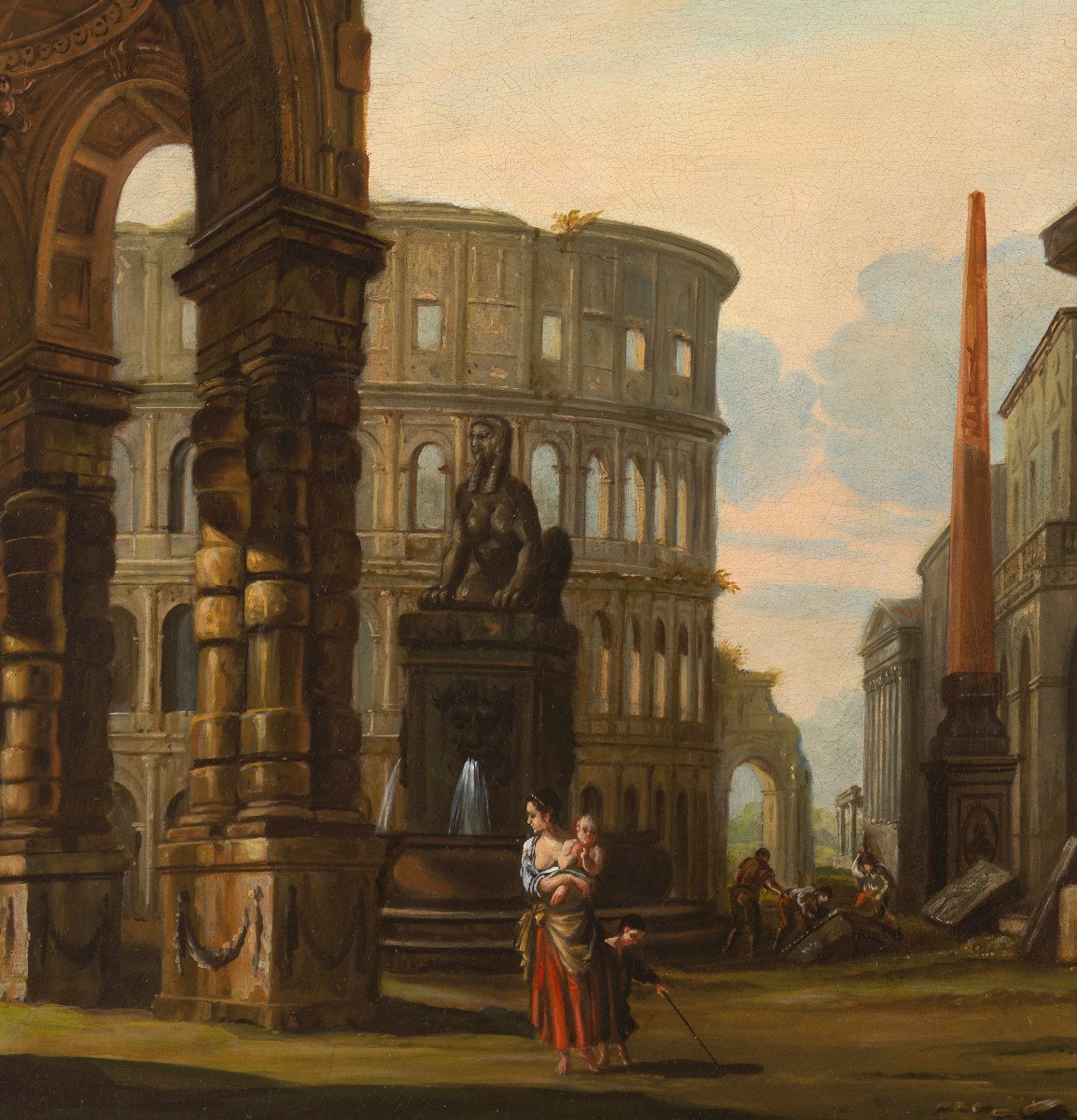
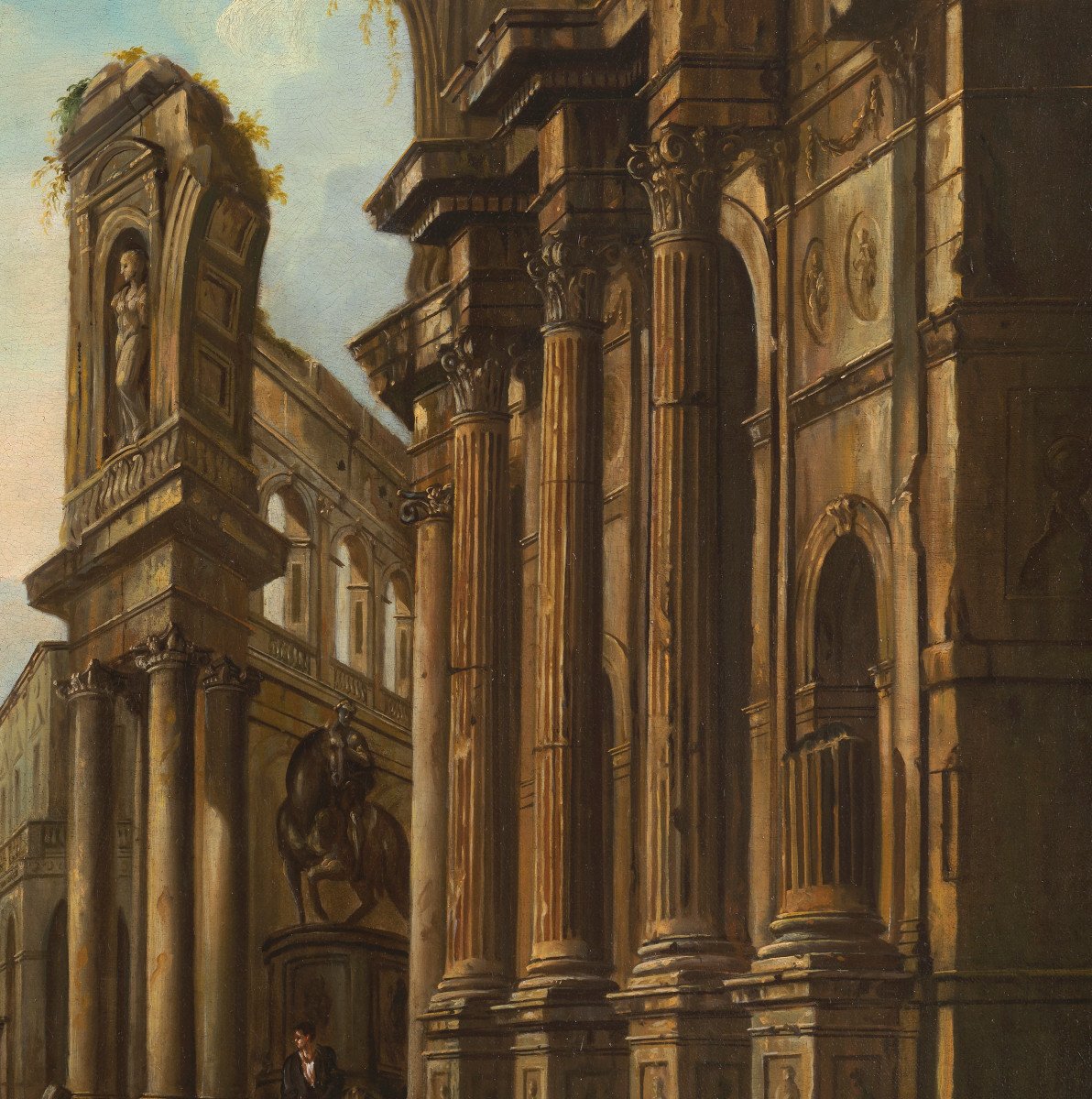
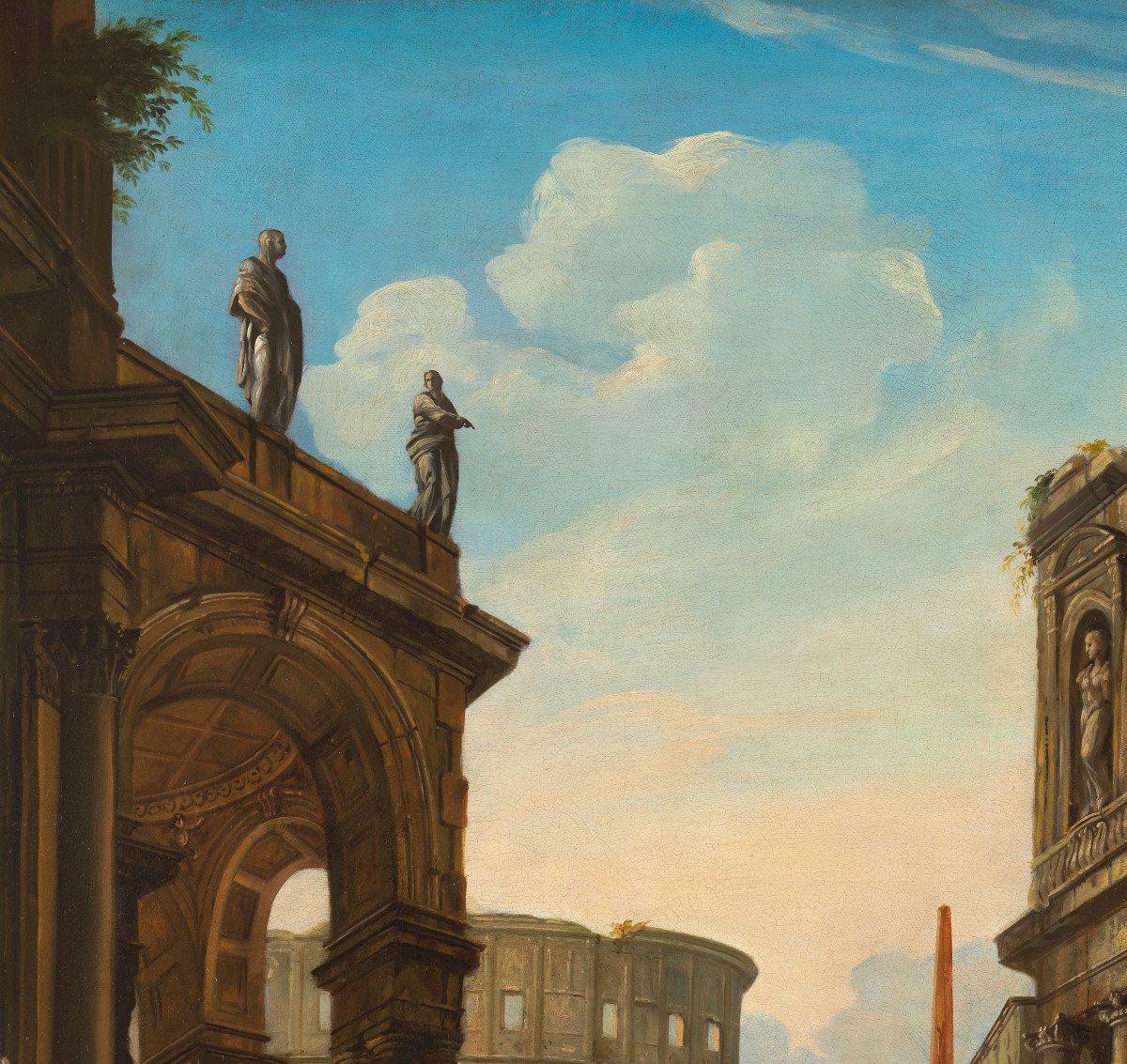










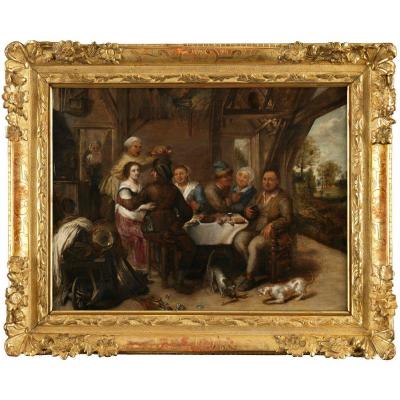


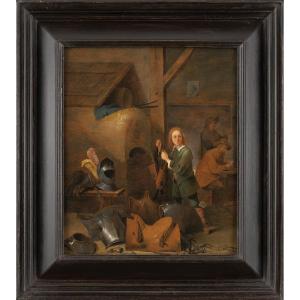
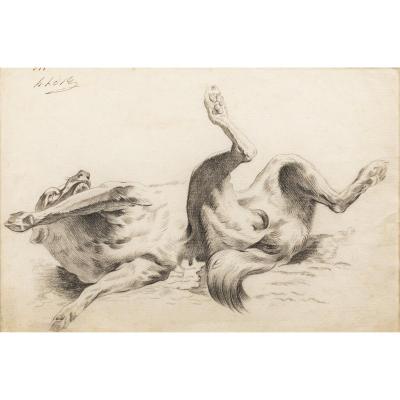
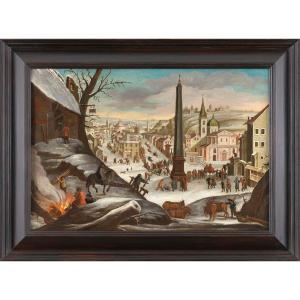





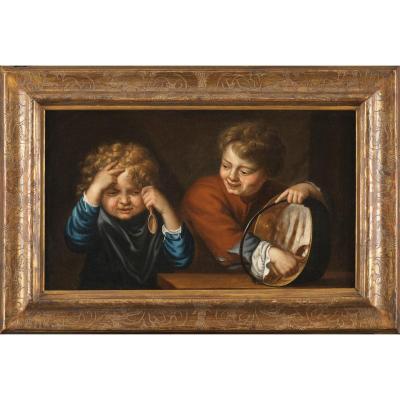

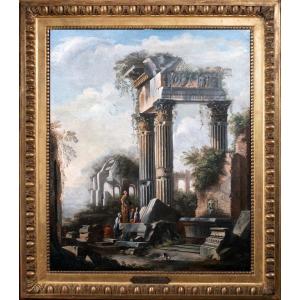






 Le Magazine de PROANTIC
Le Magazine de PROANTIC TRÉSORS Magazine
TRÉSORS Magazine Rivista Artiquariato
Rivista Artiquariato